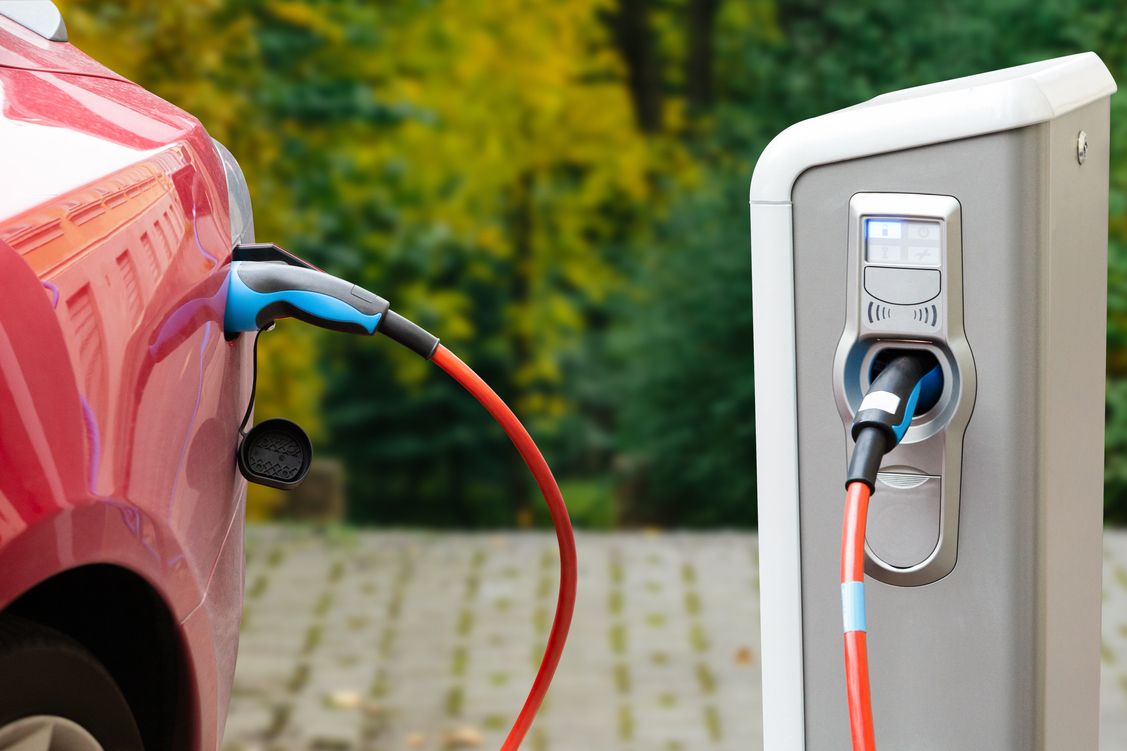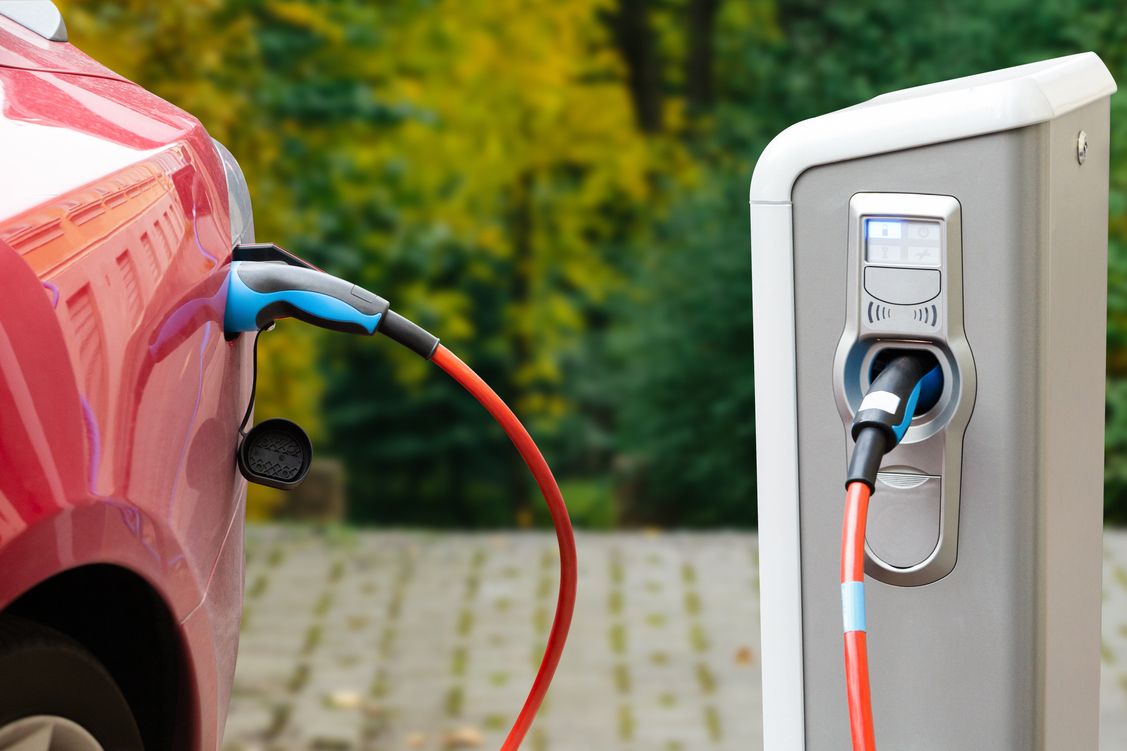Where is a charger
Powering your car should always be easy, whether you fill it with electrons or gasoline. If it’s an electric car, you should be able to swipe a credit card, plug in the cable and your vehicle will just… charge. And it actually does work that way a decent amount of the time.
Unfortunately, not always. There are incompatible charger designs, different charging speeds and acronym overload. (Is that a CCS or NACS? Why can’t I find CHAdeMO when I need it and why is it spelled that way?) There are fast chargers that aren’t always very fast – but it’s not always the charger’s fault. Also, how do I pay for this? Where is a charger, anyway?
A lot of problems are being solved and a lot of pointless confusion is getting ironed out as the industry expands and agrees on standards. But other differences just come with the technology and will probably always be this way.
Surveys by J.D. Power show that, despite more and more EV chargers being available, EV owners are actually getting less satisfied with public charging. When it comes to consumer satisfaction, EV charging is in some very poor corporate company.
“They’re still on the very low end and that’s in comparison with some notoriously low satisfaction industries, like telecoms and cable providers,” said Brent Gruber, managing director of electric vehicle experience at J.D. Power.
A lack of chargers remains the biggest complaint, though, said Gruber. There are about 144,000 public EV chargers in the United States, according to the Department of Energy. About 42,000 of those are in California. States like Mississippi and Montana — admittedly far less populous but people still have to drive there — have only a few hundred.
16A 32A 20ft SAE J1772 & IEC 62196-2 Charging Box
Post time: Nov-15-2023










